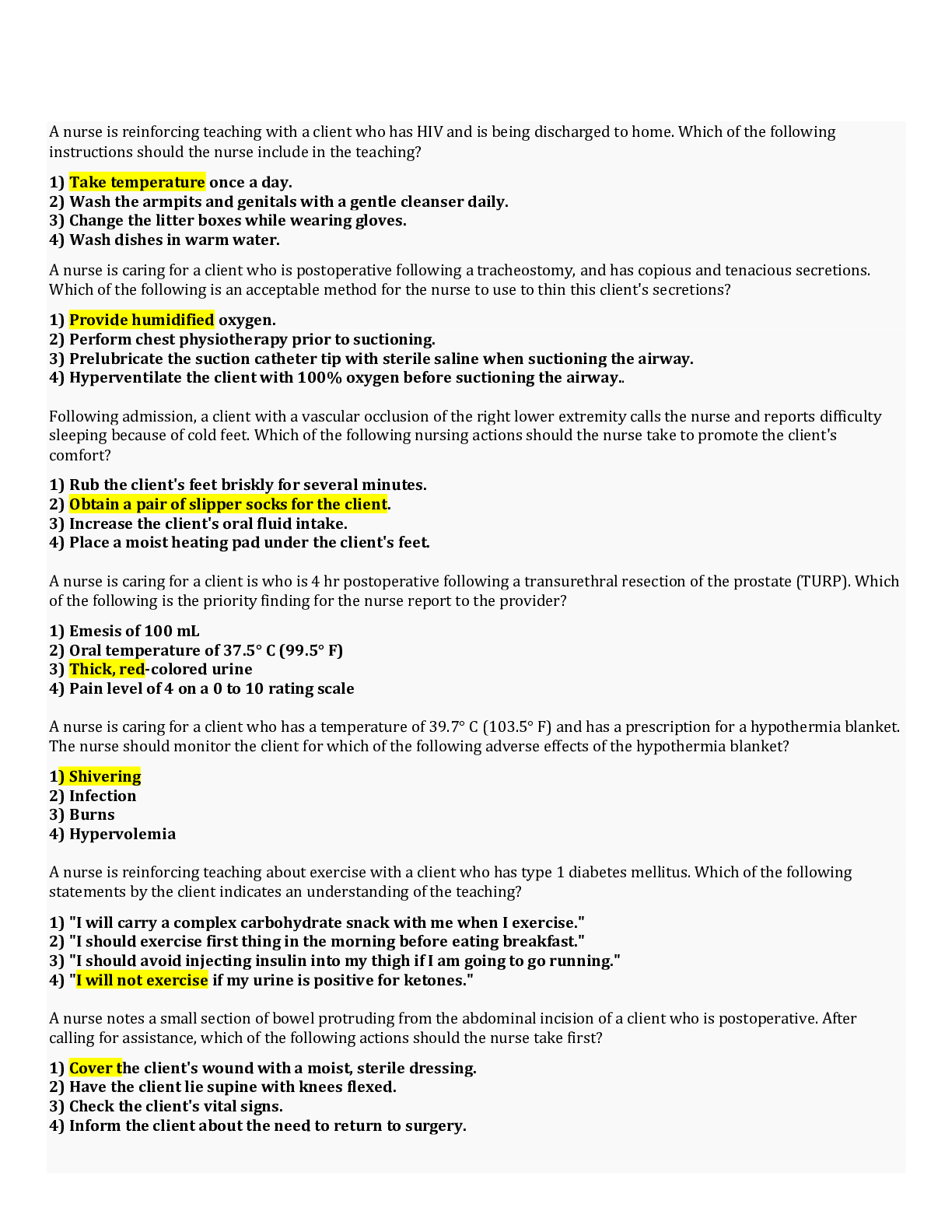Music > STUDY GUIDE > University Of Arizona - MUS 337Test 3 (All)
University Of Arizona - MUS 337Test 3
Document Content and Description Below
(Canción-Polca: A song with a duple meter and a quick temop.) (Canción-Lenta: A song which is slow in temop. Yet the tempo is strict.) (Canción-Ranchera: a song in triple meter accompanied by Mar... iachi) Theory #1: That the word comes from the French word for Marriage. For quite a long time this has been the accepted root of the word Mariachi. But, research has proven this theory false. France being close to Spain would be familiar with the church customs of the Spanish. Theory #2: That the word Mariachi is a combination of the two words "Maria" and Chi". This theory was first expounded by Thomas Stanford in his article on the Mexican SON which was published in 1969. Cocula, Jalisco, Mexico - the city 16 miles southwest of Guadalajara, Mexico where the Mariachi band was born. Coca Indians - the inhabitants of Cocula. Coca Dialect - the language of the Coca Indians. This is a remnant of the Aztec language Nahuatl. Chirimia - a 7 hole wind instrument made of mahogany. Refer to Unit 1 for a picture of this instrument. La Guitarria - a small suburb of Cocula. Mixcoacallis - a small area of Cocula where only musical performances could take place. The vihuela is the rhythmic element of the Mariachi Band. It has been a part of Mariachi Music since the early 1800's Cuarteto Coculense The original members of the group were: Justo Villa - vihuela Cristóbal Figueroa - guitarron Chon García - violin Mariano Cuenca – violin Without question Mariachi Coculense de Cirilo Marmolejo is the Mariachi Band which set many of the trends that have taken place in this genre of music in Mexico 1.) First group to perform at the famous Tenampa Bar in Plaza Garibaldi in Mexico City. 2.) First group to appear in a legitimate stage show at the Teatro Iris in Mexico City. 3.) First group to appear in a sound movie. 4.) First group to make an electric recording. This was to launch the dominance of the Mariachi as the main music in the Mexican cinema, radio, records for the next 60 years. 5.) First Mariachi to perform outside of Mexico. The group performed at the 1930 Chicago Worlds Fair. 6.) First Mariachi to record in the United States. Cirilo Marmolejo was born on July 9, 1890 in Hacienda de las Trojes, Municipad de Teocaltiche, Jalisco. In 1960 Cirilo died in Mexico City. Mariachi Tapatío de José Marmolejo - José Marmolejo was called "El Hombre de la Eterna Sonrisa"(The Man with the Eternal Smile). Mariachi Vargas de Tecaltilán Original member of Mariachi Vargas - Gaspar Vargas (guitarra de golpe), Manuel Mendoza (harp), Refugio Hernández (violin) and Lino Quintero (violin). orquestas de cuerda - regional string bands. 1944 - Rubén Fuentes joins the group. mid 1950's - Vargas becomes synonymous with the term "El Mejor Mariachi del Mundo" (The world's greatest Mariachi). Mariachi Economics - Since the 1930's economics have played a major role in the tradition of the Mariachi and have had significant effects on the music. The vast majority of the numerous m Mariachi Ambiente - Ambiente or sabor means atmosphere or flavor. In a nation like Mexico, where the deep str Tu Recuerdo y Yo (Cancion) – Jose Alfredo Jimenez A Canción is a lighter version of a Canción Ranchera Mi Tenampa (Canción Ranchera) - José Alfredo Jiménez El Rey (Canción Ranchera) - José Alfredo Jiménez Llegó Borracho El Borracho (Corrido-Canción) - José Alfredo Jiménez José Alfredo Jiménez (“Hijo Del Pueblo”): Pedro Infante (“Galan del Cine Mexicano) (also known as the “Elvis of Mexico”): Javier Solís ("The Mariachi's Mariachi"): The SON song form may very well be the most often heard of all the Mariachi repertory. It is a form rhythmically rooted in Spain and is found throughout Latin America. - "Ruido concertado, que percibimos con el sentido del oido, especialmente el que se hace con arte, o música". Son Rhythmic Pattern - The basic pattern of the Son is based on a Spanish rhythm called a sesquialtera. This Bolero-Ranchera The bolero as performed by the mariachi band is not to be confused with other genres of the samne La Canción Ranchera - The development and diffusion of the canción mexicana during the middle of the nineteenth century were closely tied to the activities of the cancioneros, The Canción Mexicana is romantic and sentimental. The Canción Ranchera is less elaborate and primitive. The Canció:n Ranchera rhythm pattern is as follows: 1. El Relampago - Mariachi Los Toritos (2:24) 2. El Maracumbe - Mariachi de Pepe Garcia (3:37) 3. Te Volaste La Barda - Hermanas Huerta (2:33) 4. La Mochila Azul - Pedrito Fernández (2:45) - (Canción-Polca) 5. El Ingrato - Las Jilguerillas (2:49) [Show More]
Last updated: 1 year ago
Preview 1 out of 28 pages
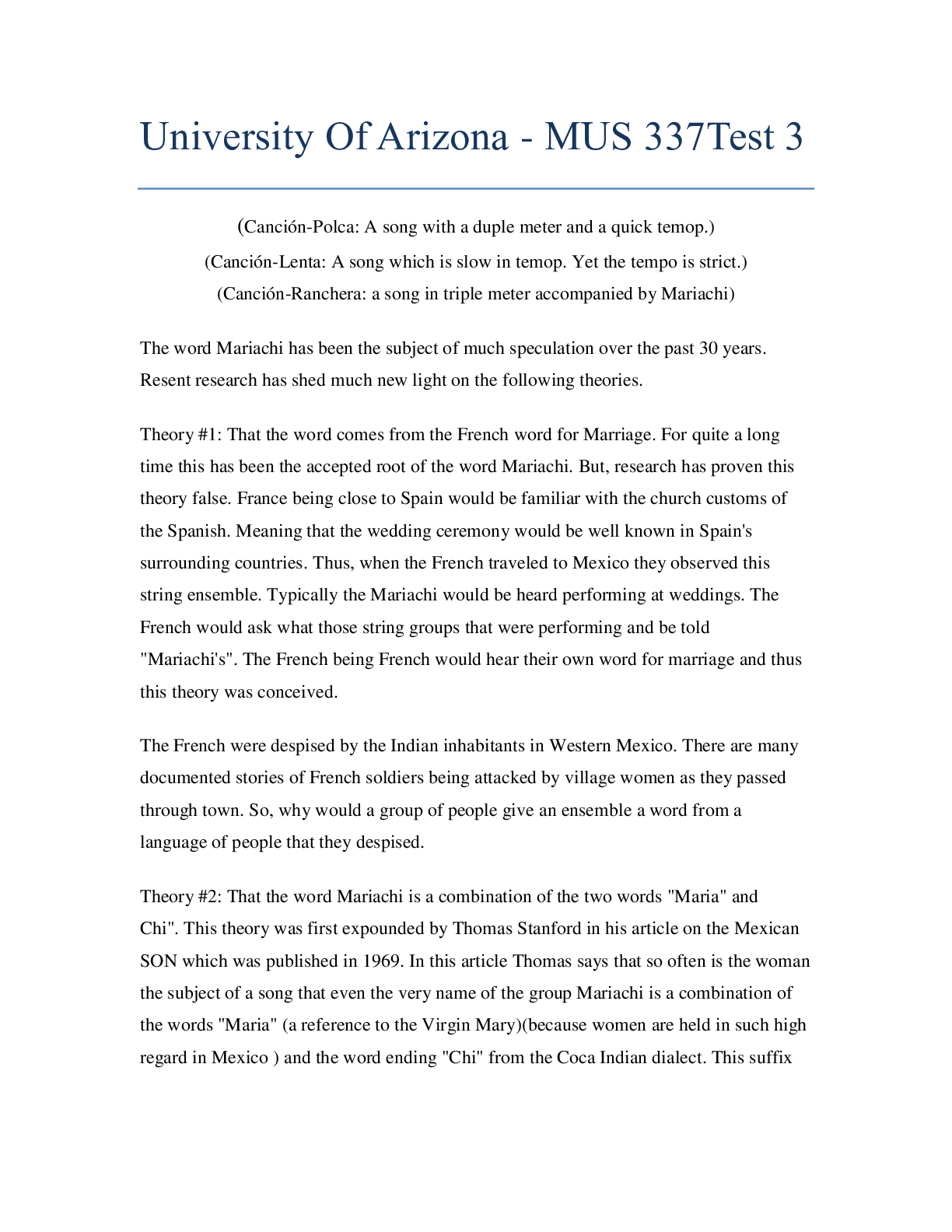
Reviews( 0 )
Document information
Connected school, study & course
About the document
Uploaded On
May 12, 2020
Number of pages
28
Written in
Additional information
This document has been written for:
Uploaded
May 12, 2020
Downloads
0
Views
78



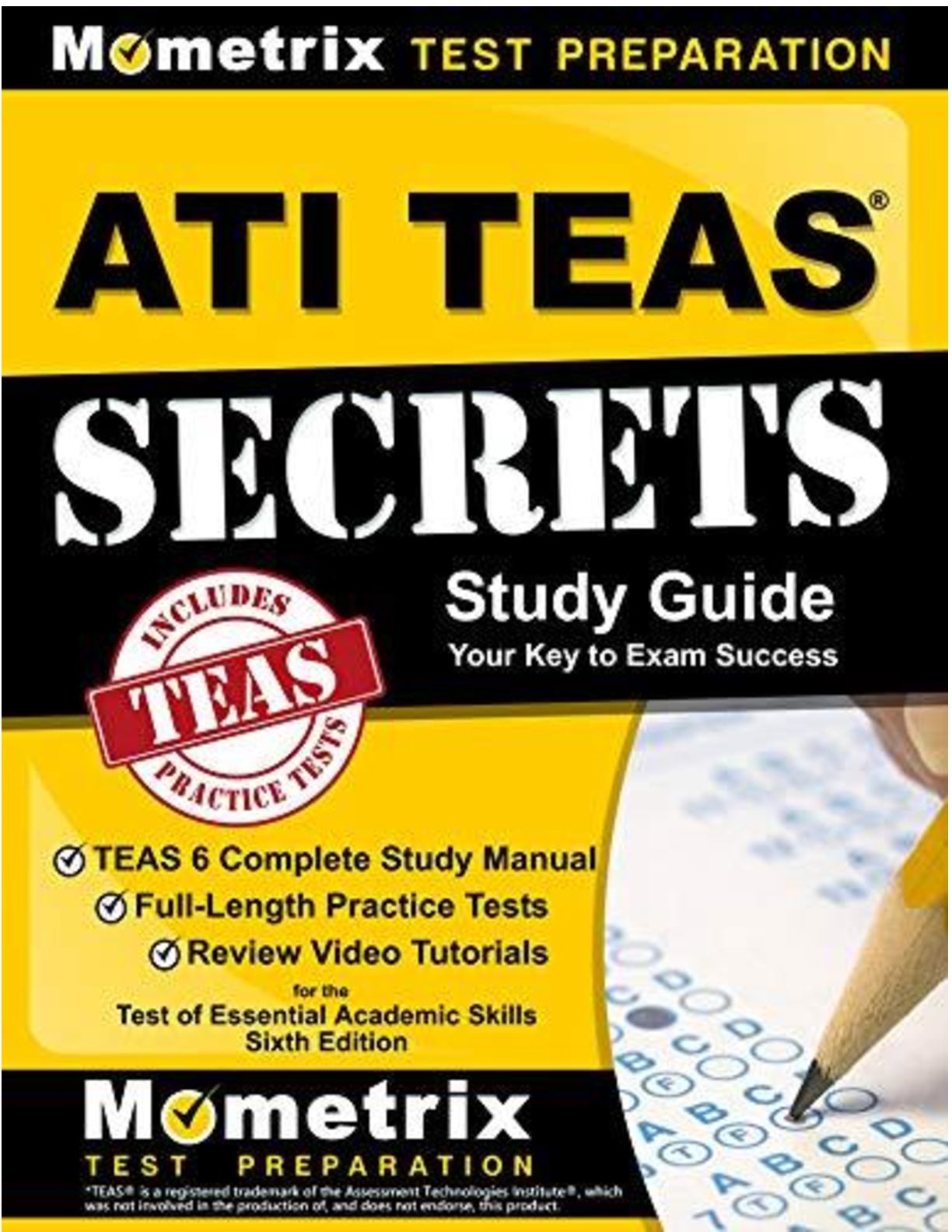
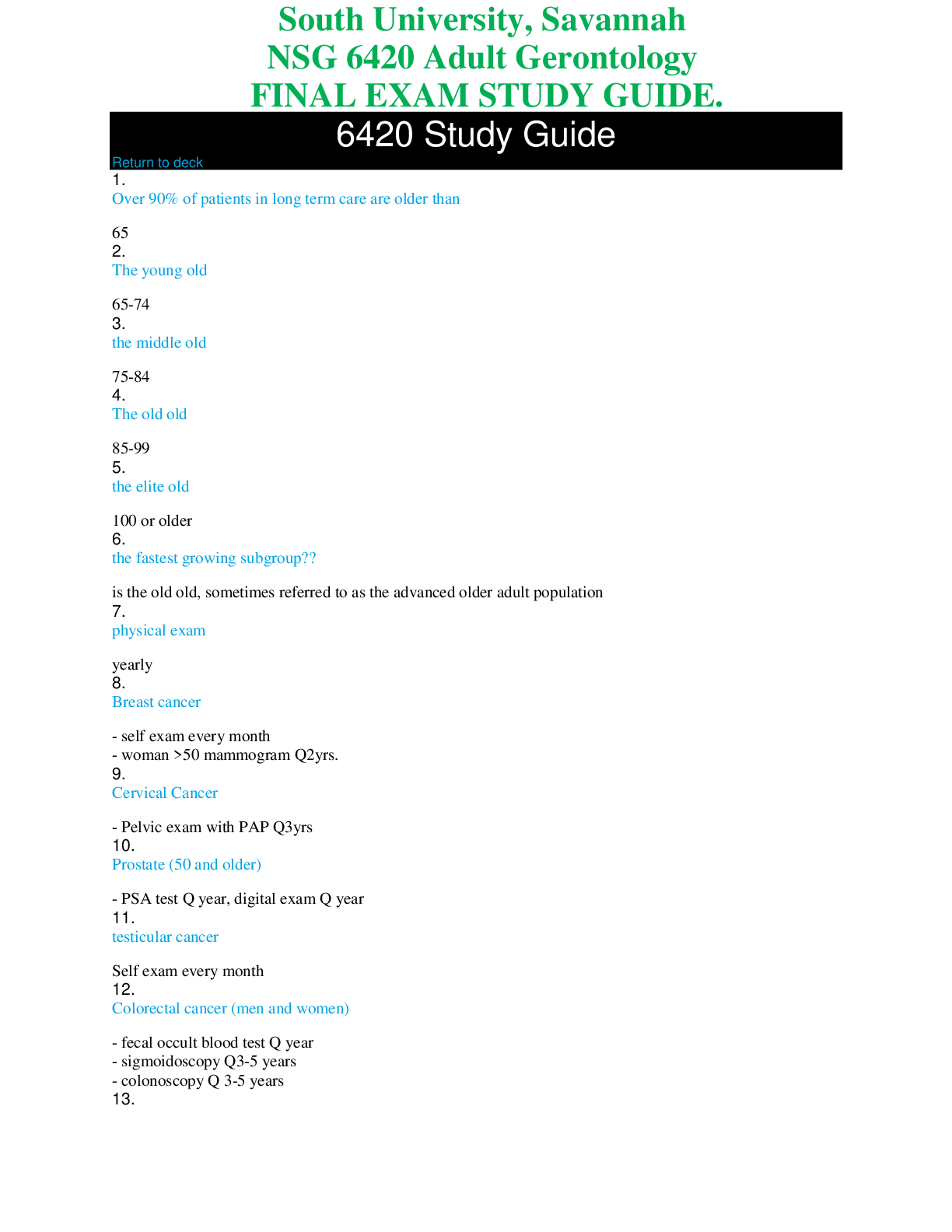
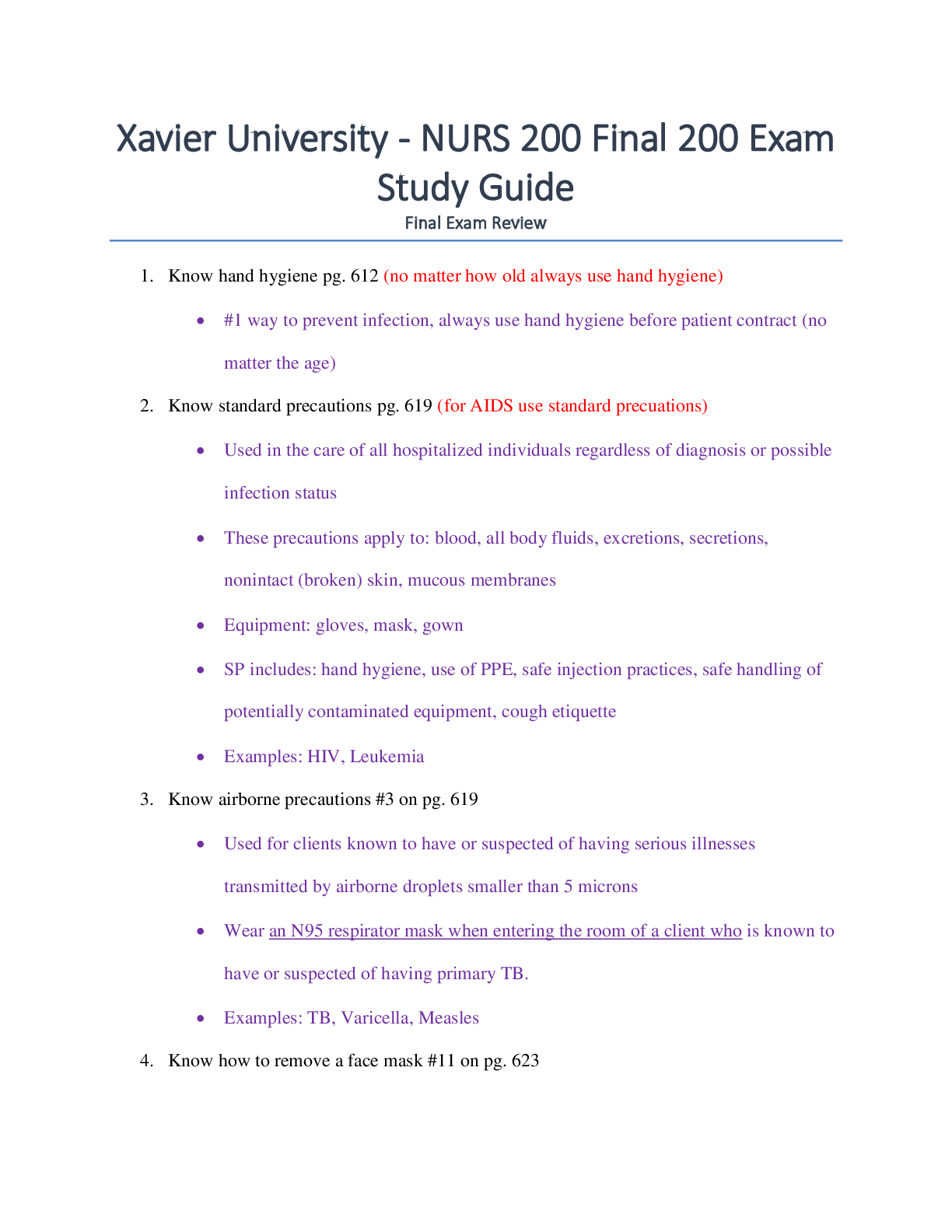
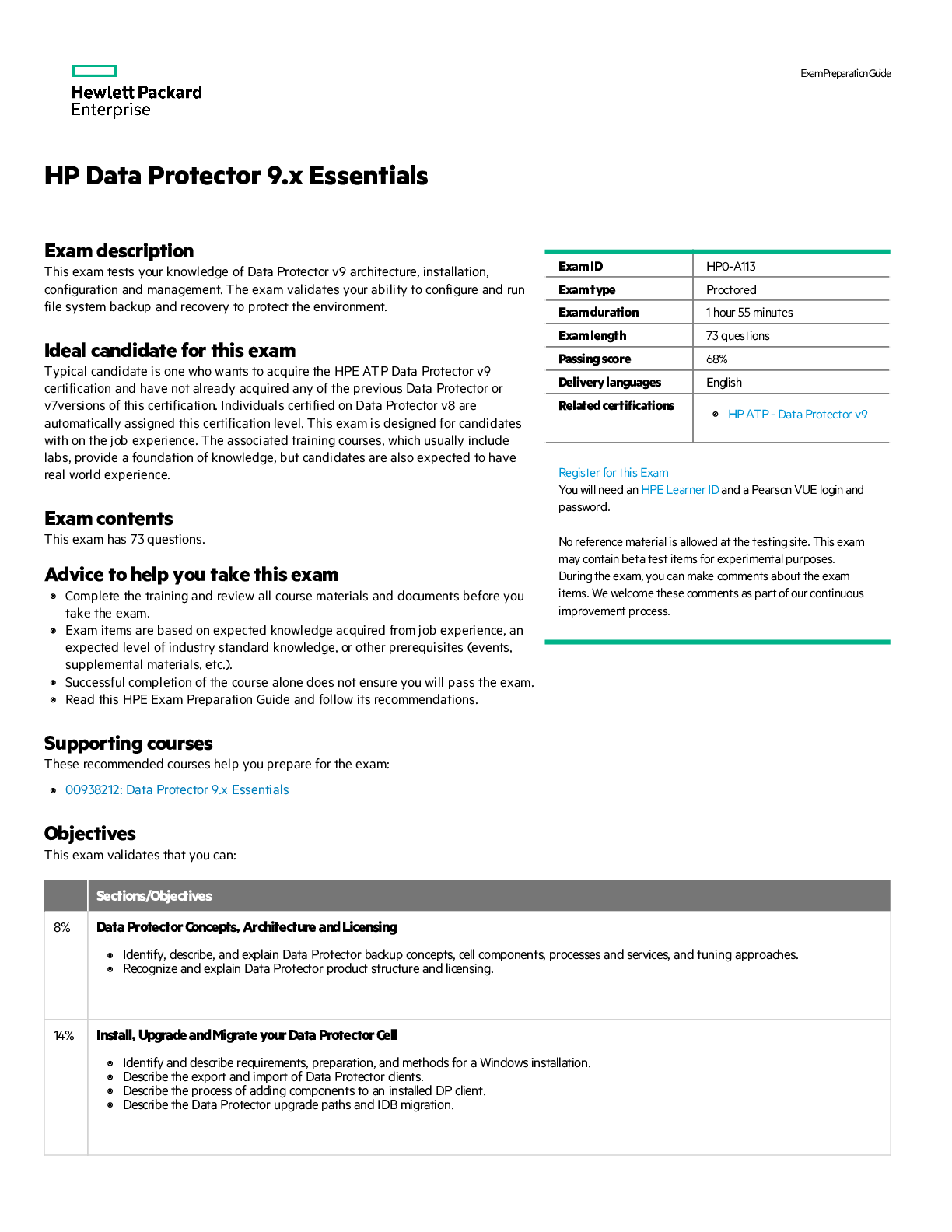
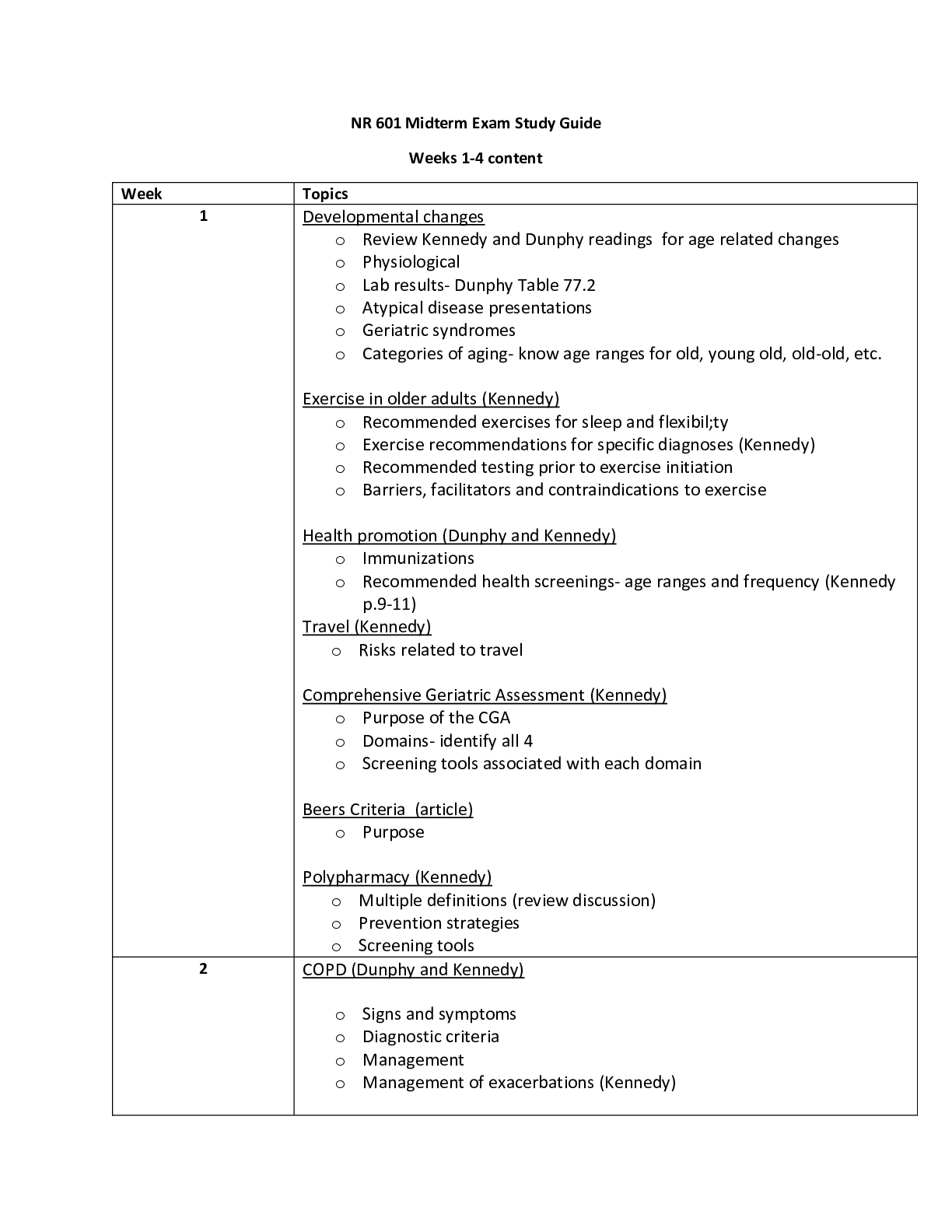
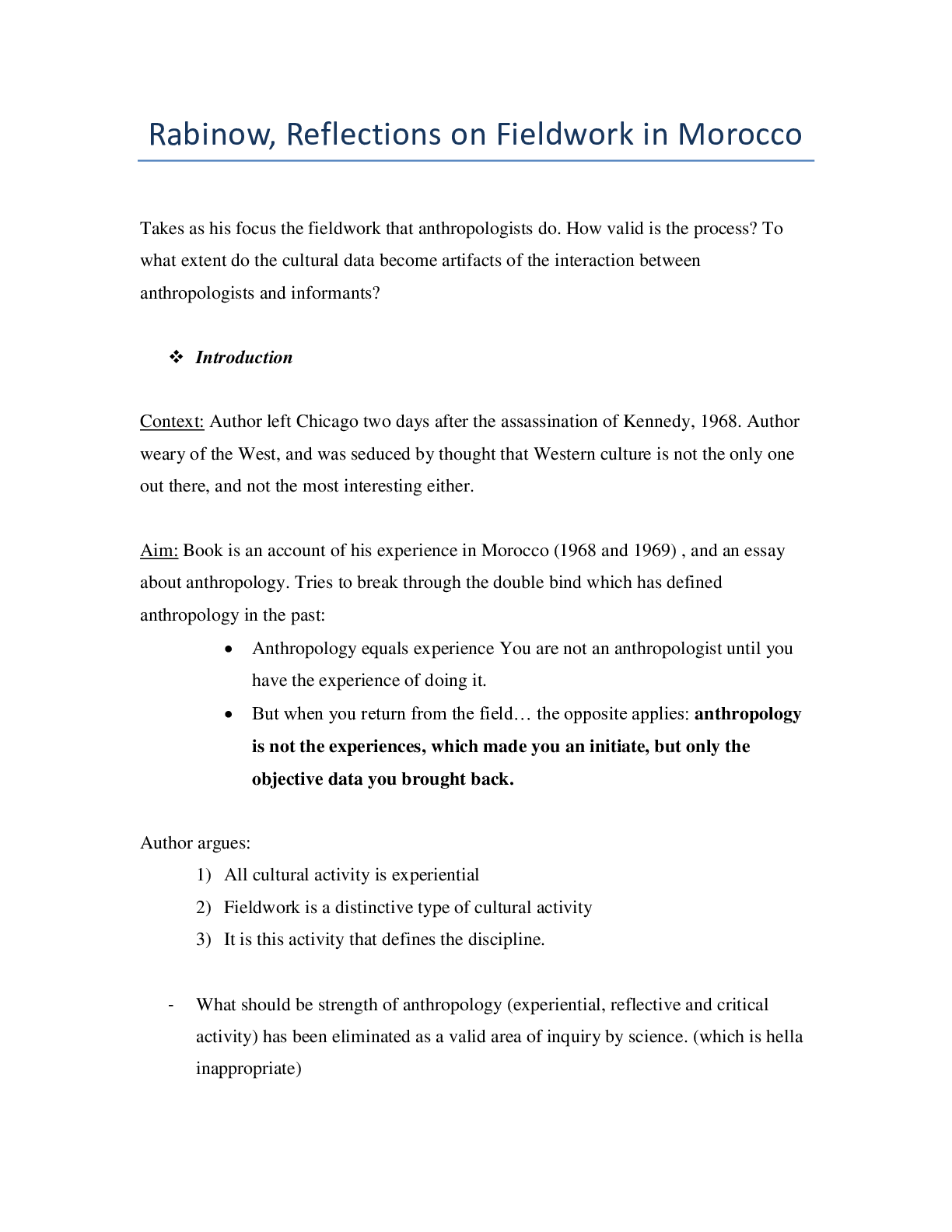
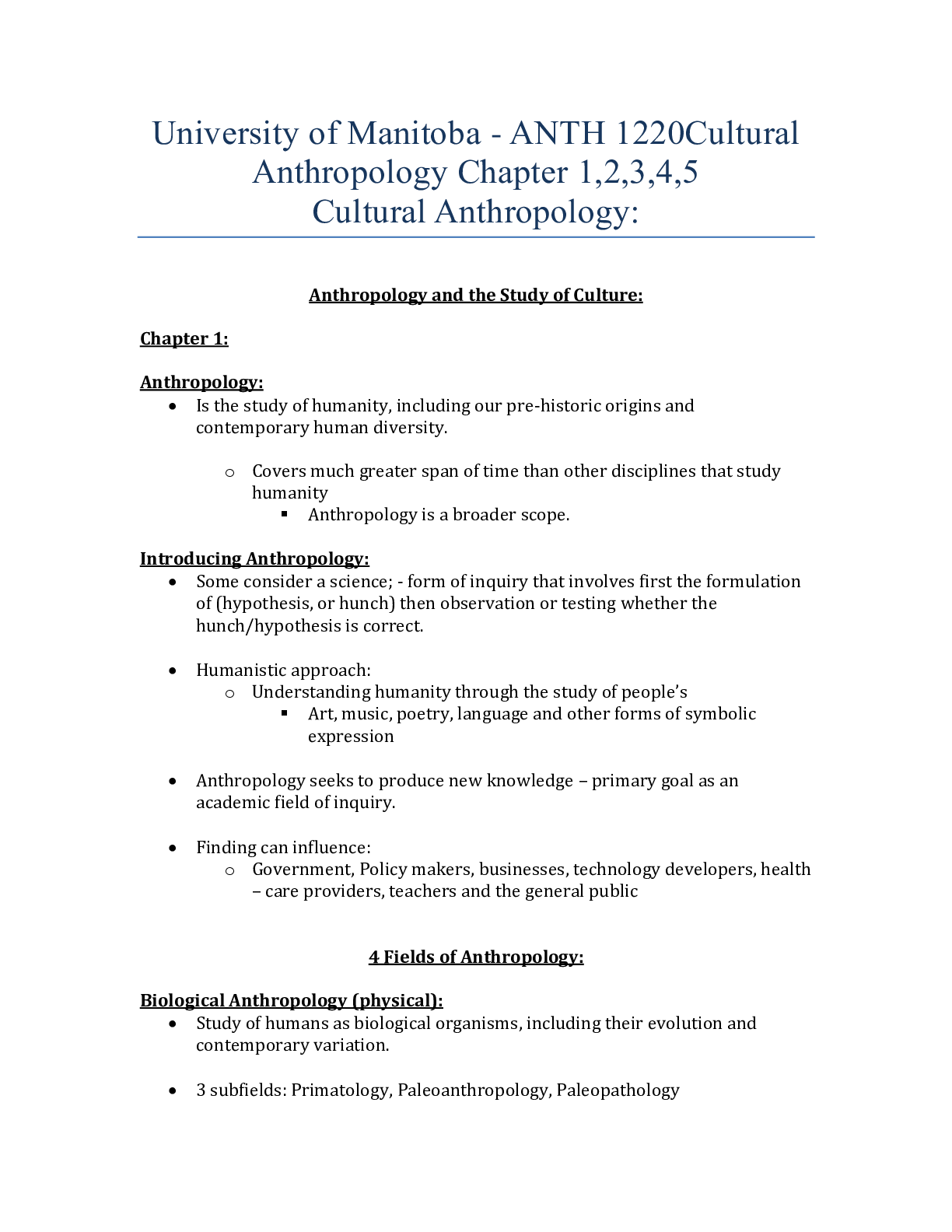
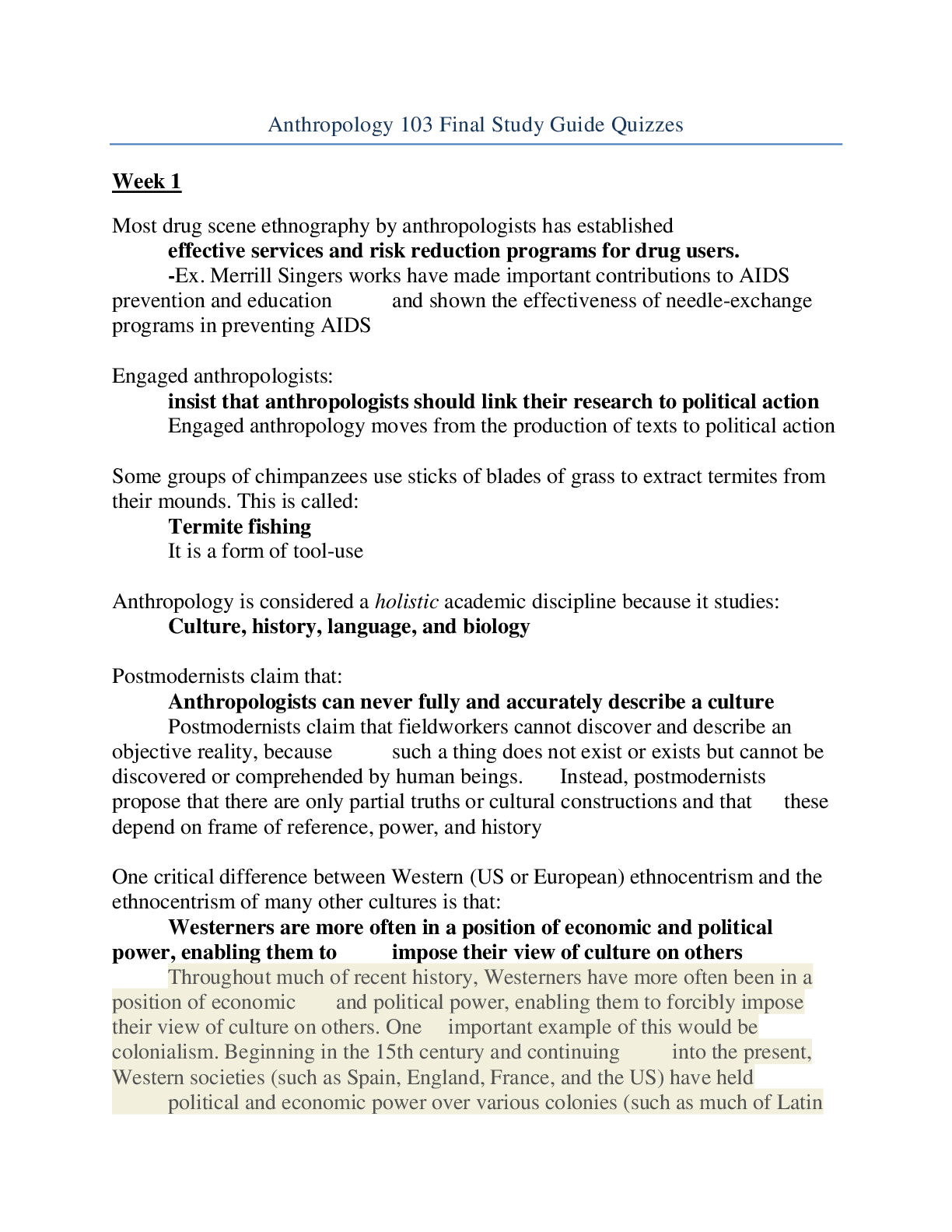
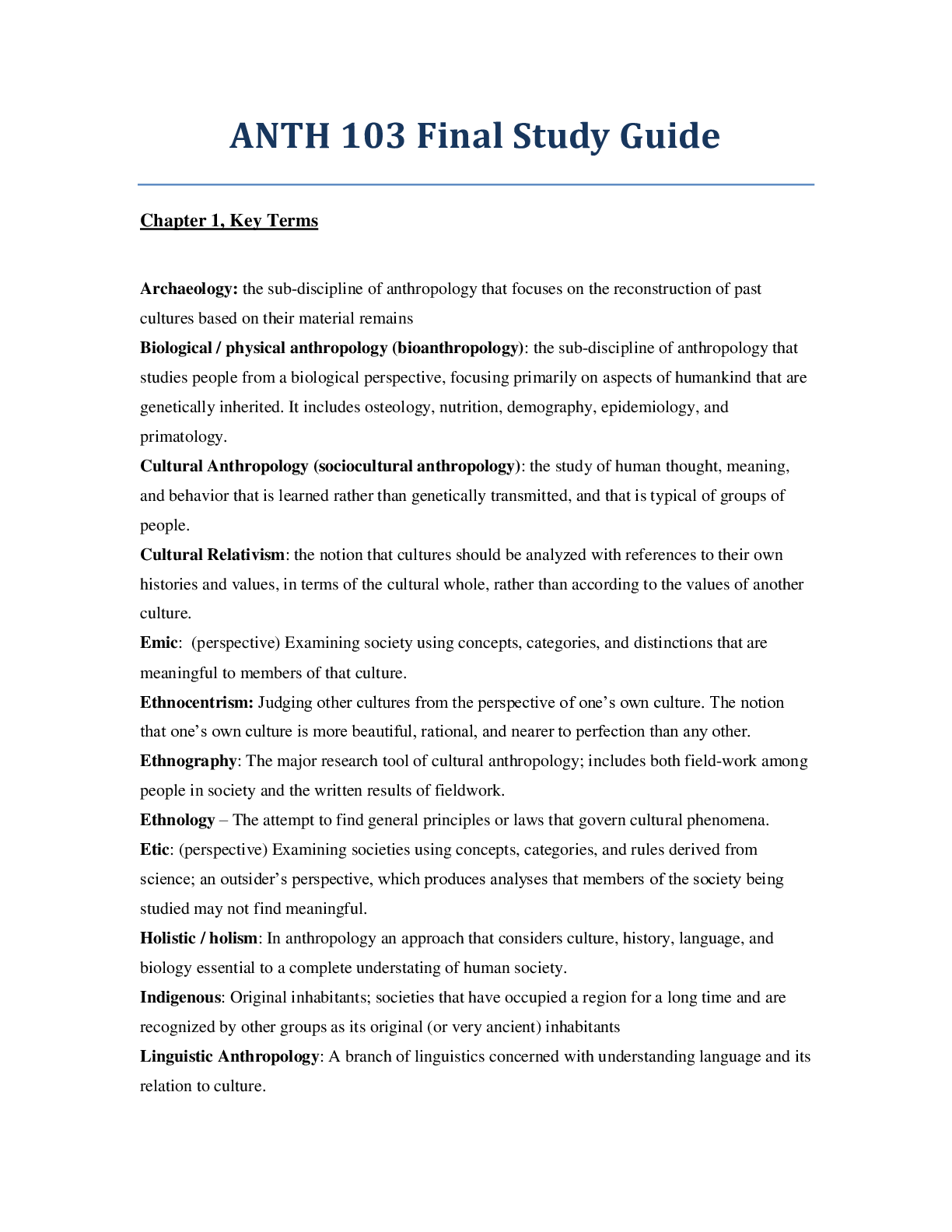
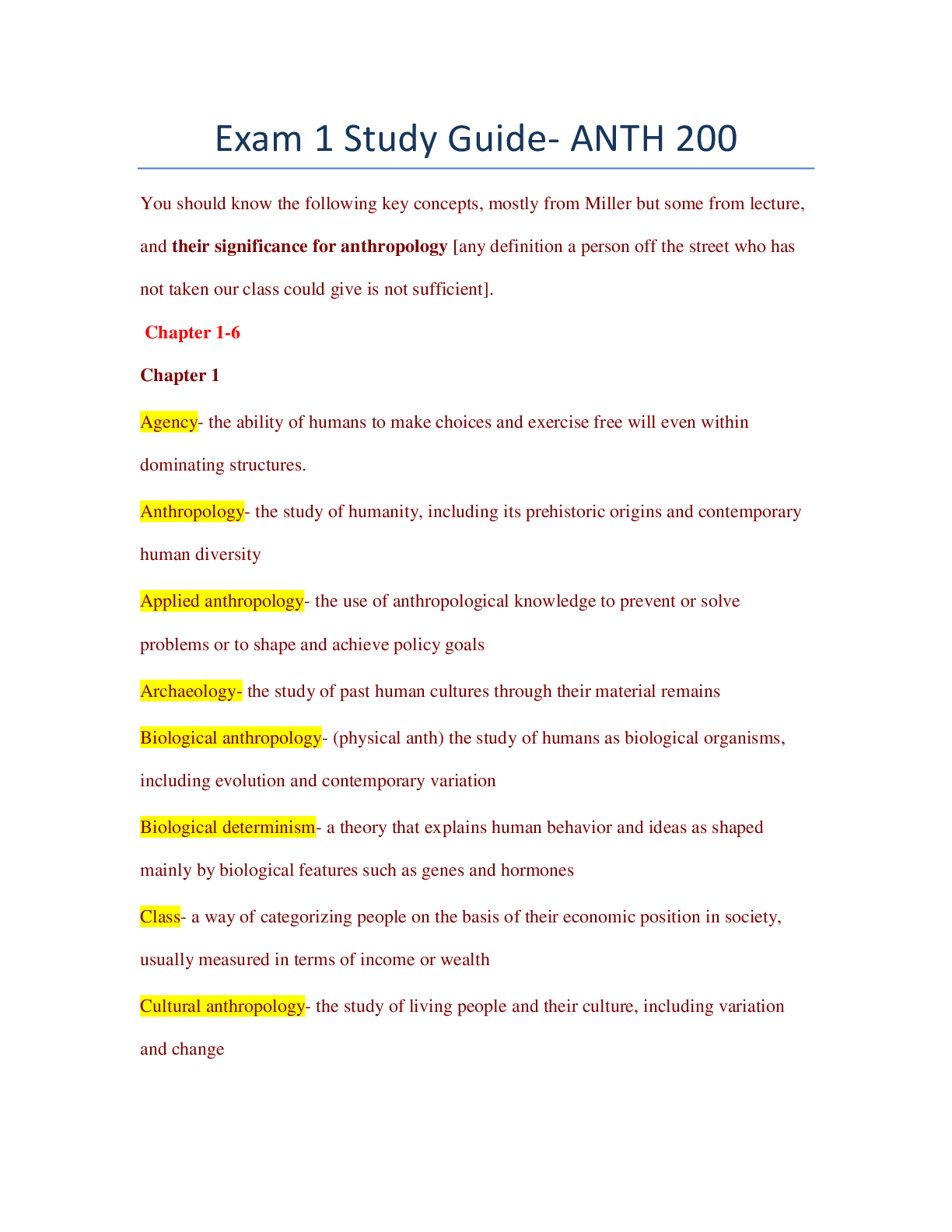
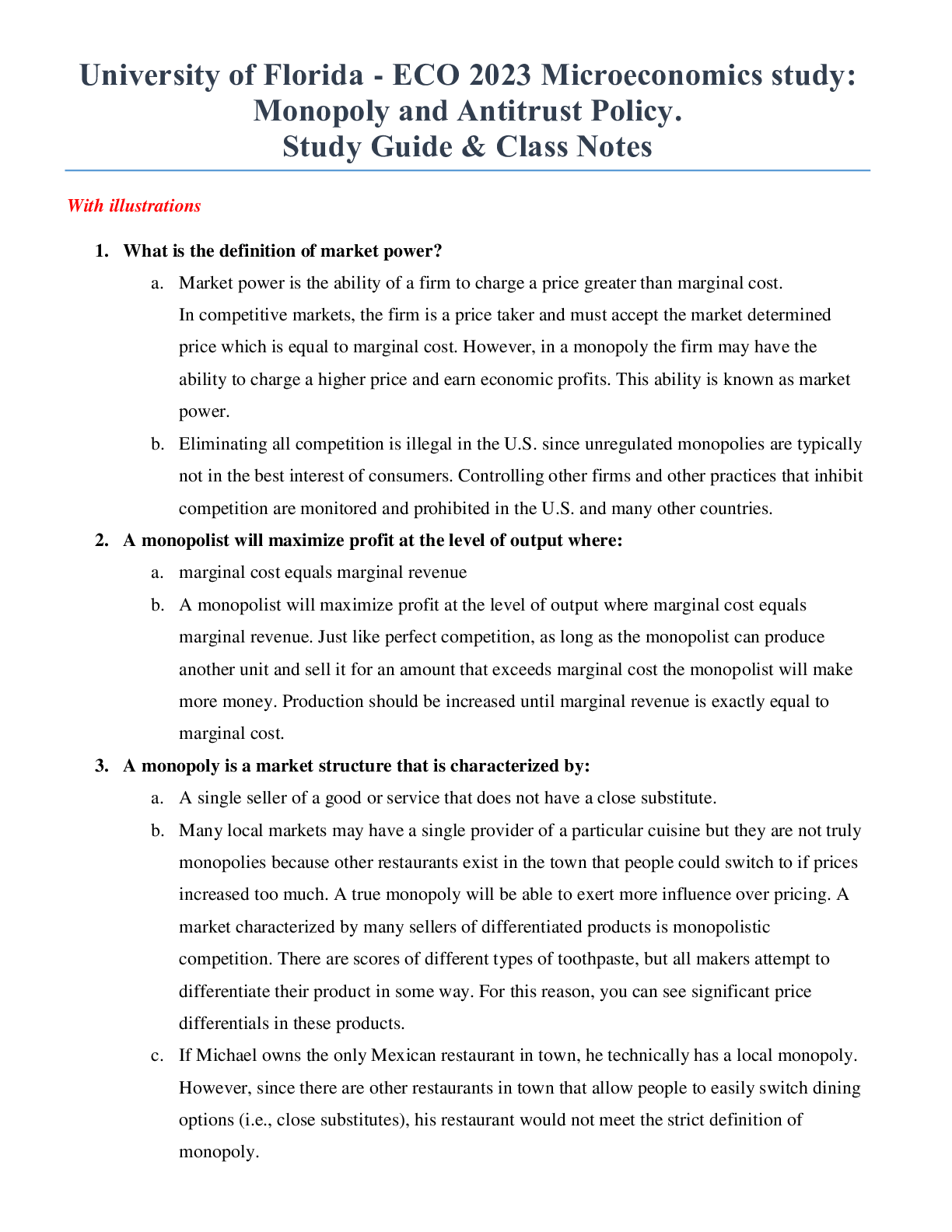
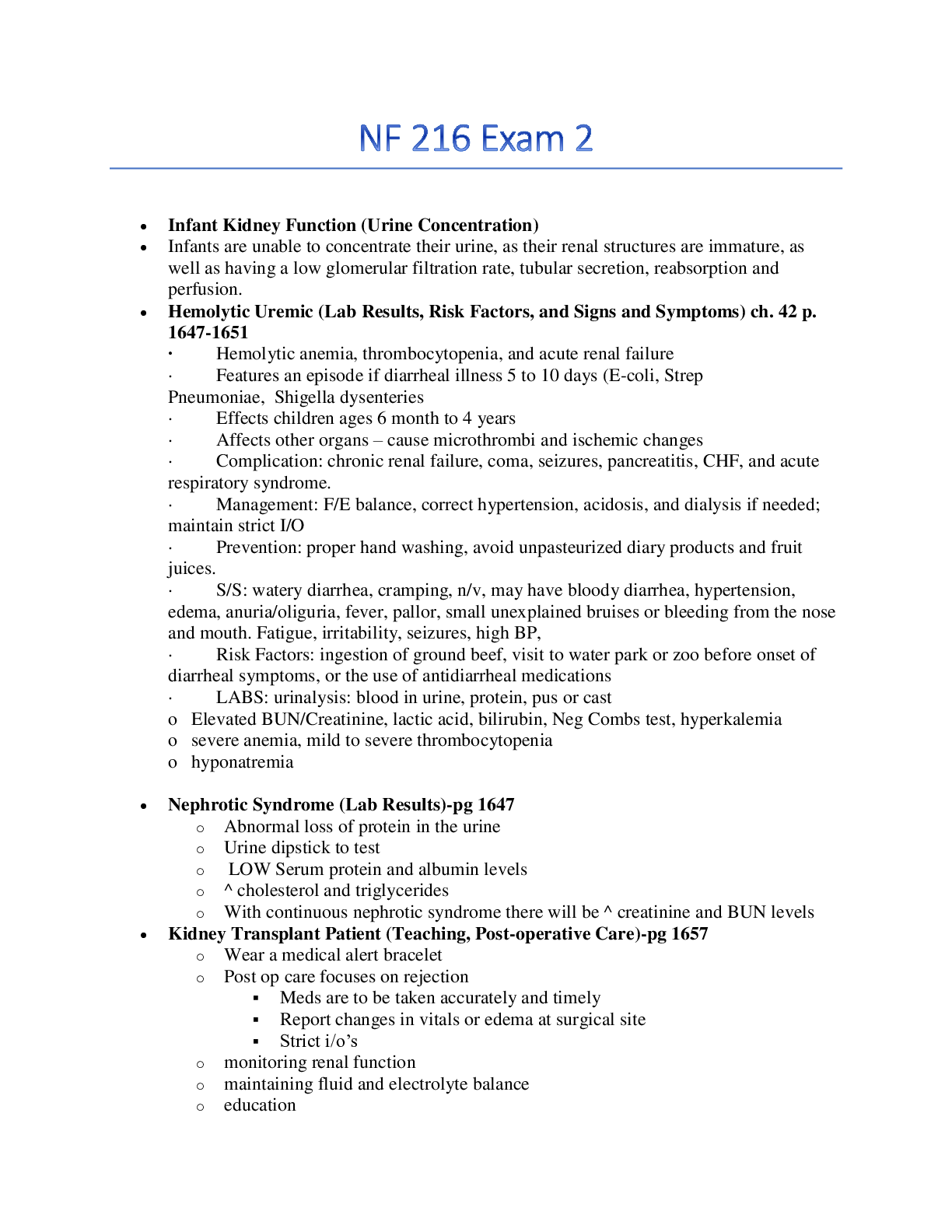
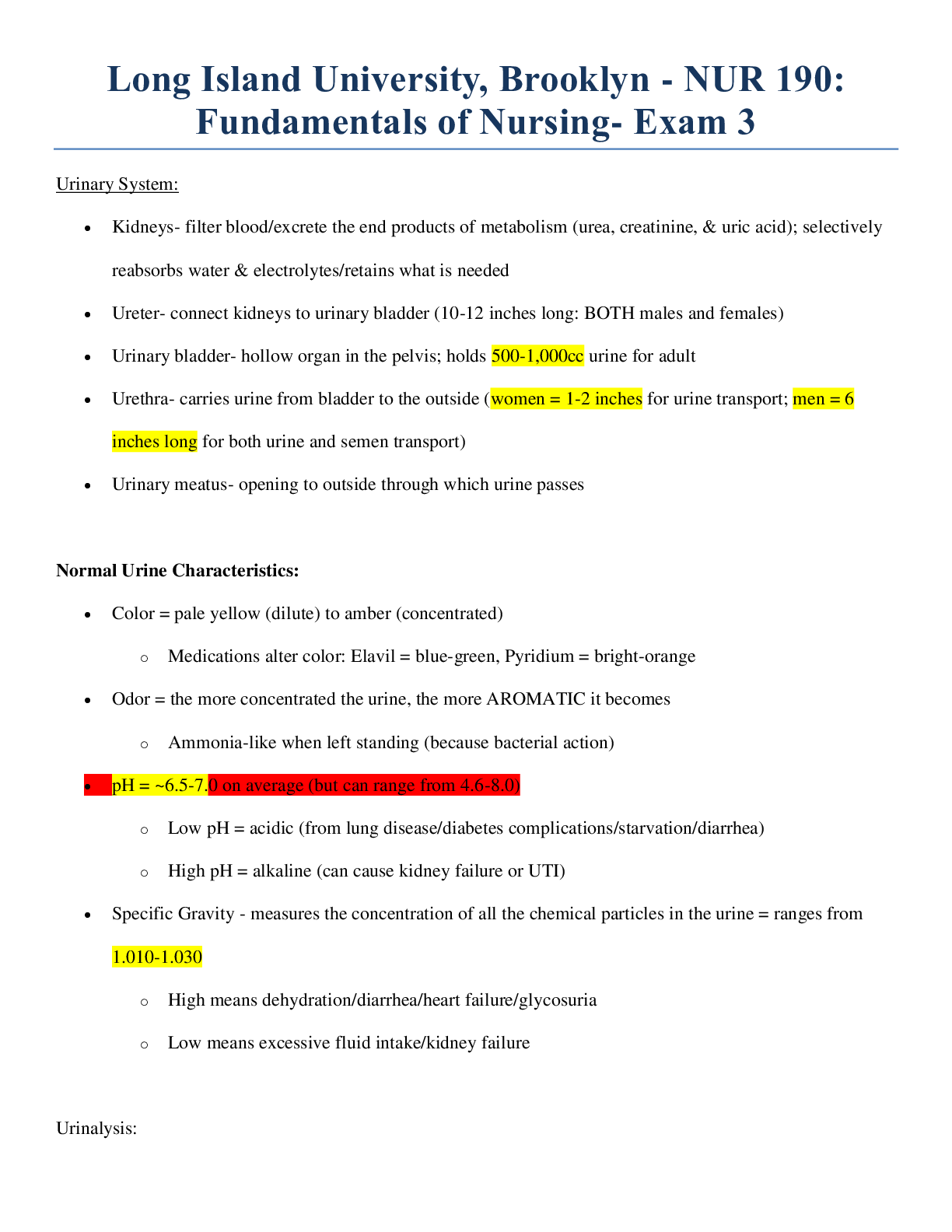








.png)









